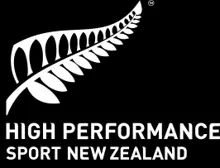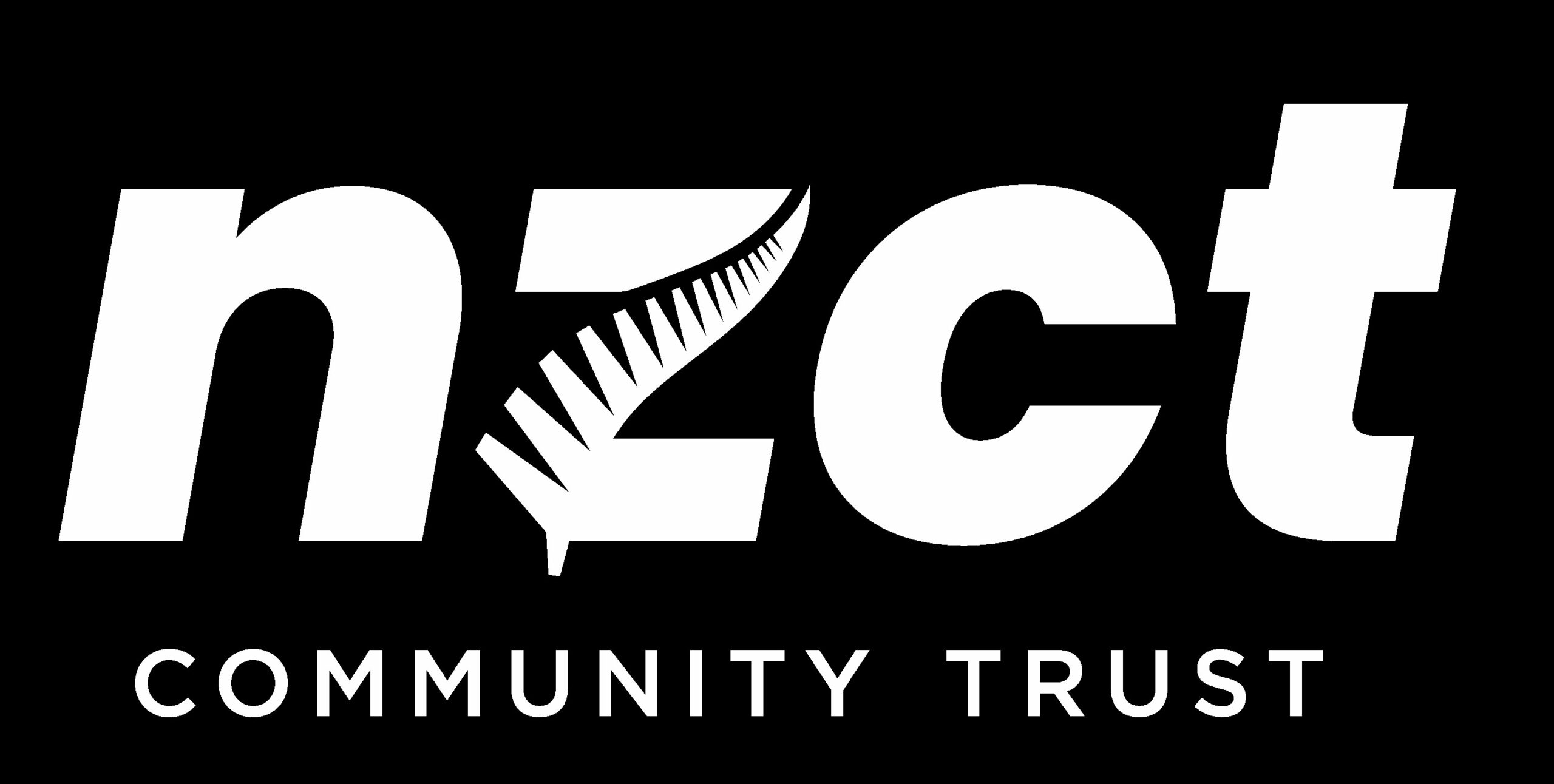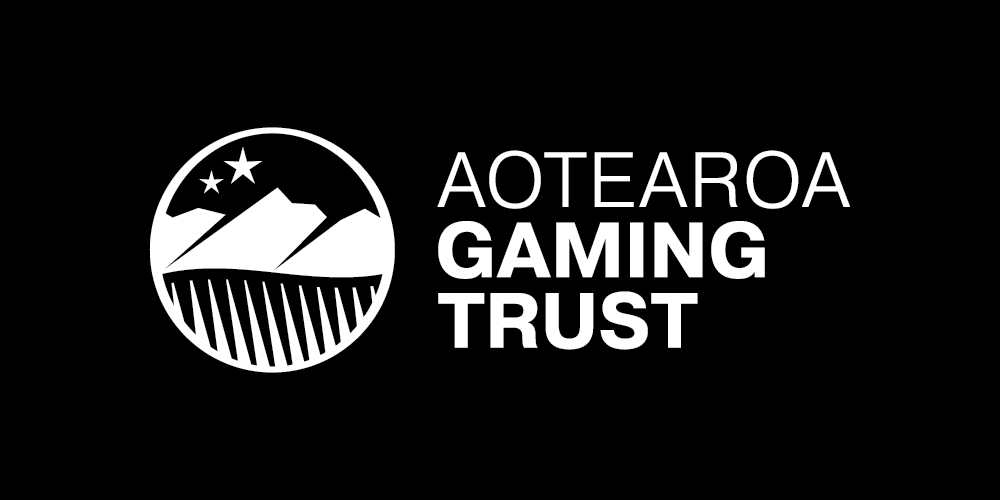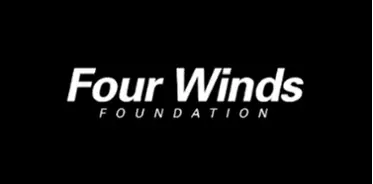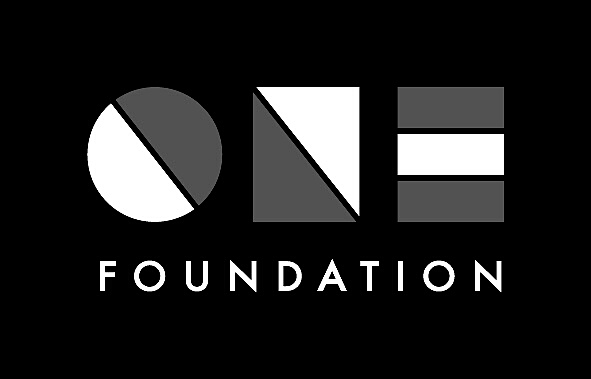History of classification
Sport Drives Classification
In the 1940’s Dr Ludwig Guttmann founded Paralympic sport as an extension of the rehabilitation process. Sport classes reflected the structure of a rehabilitation hospital with separate classes for people with spinal cord injuries, amputation and those with other neurological or orthopedic conditions.
As the Paralympic Movement matured, the focus switched away from rehabilitation and was driven by sport. In the 1980’s, supported by the demands of Games’ organizing committees to reduce the number of classes in different sports, classification transitioned from medical to functional classification, (an exception being the classification system used for athletes with visual impairment which still remains medically based). Functional classification is sport specific because any given impairment may have a significant impact in one sport and a relatively minor impact in another sport. For example the impact of a below elbow arm amputee in swimming is greater than in running.
Paralympic Classification Today
Since the widespread adoption of functional systems of classification, Paralympic sport has continued to mature rapidly. An athlete’s classification had a significant impact on the degree of success they are likely to achieve, and the concept of functional classification, based on performance, was questioned.
The Movement recognized the need to revisit classification and in 2003 the IPC Governing Board approved a classification strategy which recommended the development of a universal classification code, giving direction for the future of Paralympic classification.
The Paralympic Movement approved the IPC Classification Code in November 2007, which defines Paralympic classification as “accurate, reliable and consistent sport focused classification systems“.
The Paralympic Movement approved the reviewed and updated IPC Athlete Classification Code and International Standards in November 2015 for implementation by January 2018. All Paralympics Sports classification rules must be in Compliance to the Code.
Future Outlook
The Paralympic Movement is committed to the development of evidence based classification systems to ensure that an athlete’s impairment accurately reflects their actual abilities performing the activities of the sport.



























